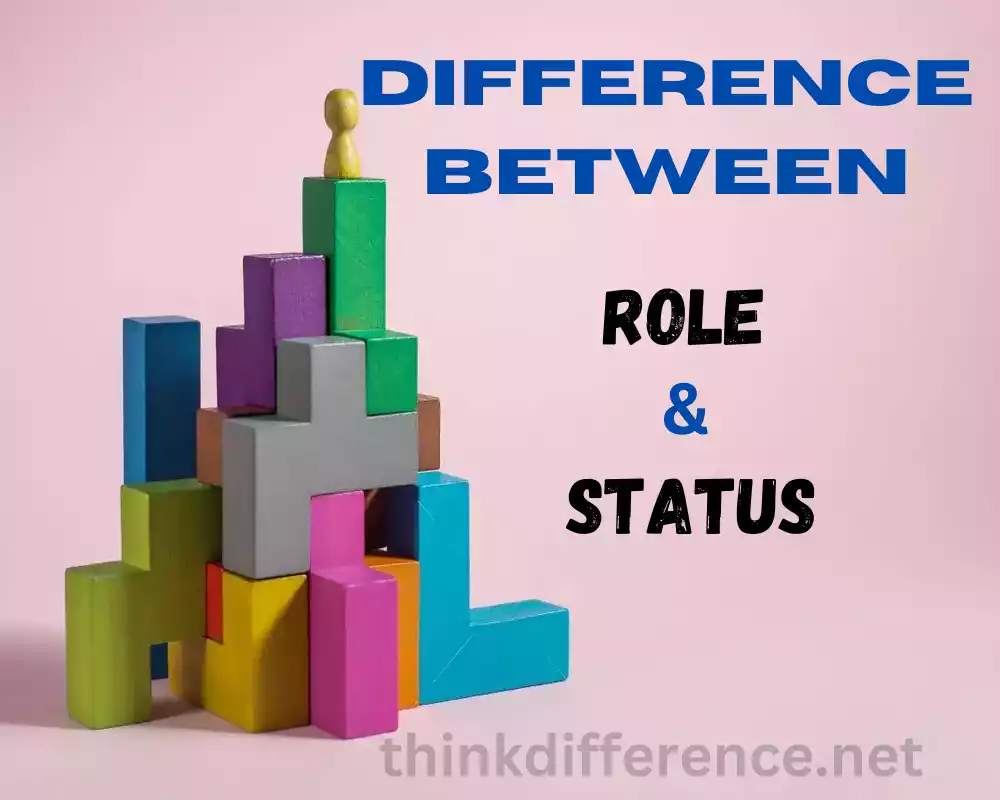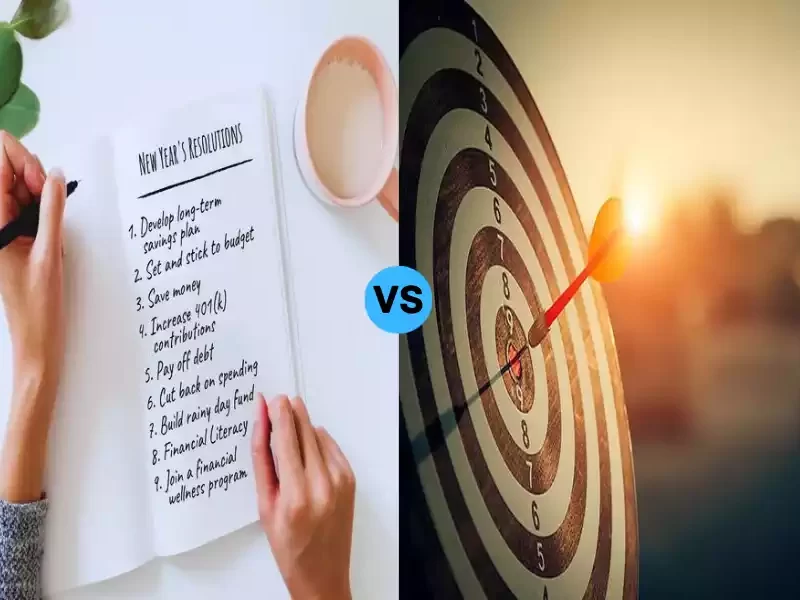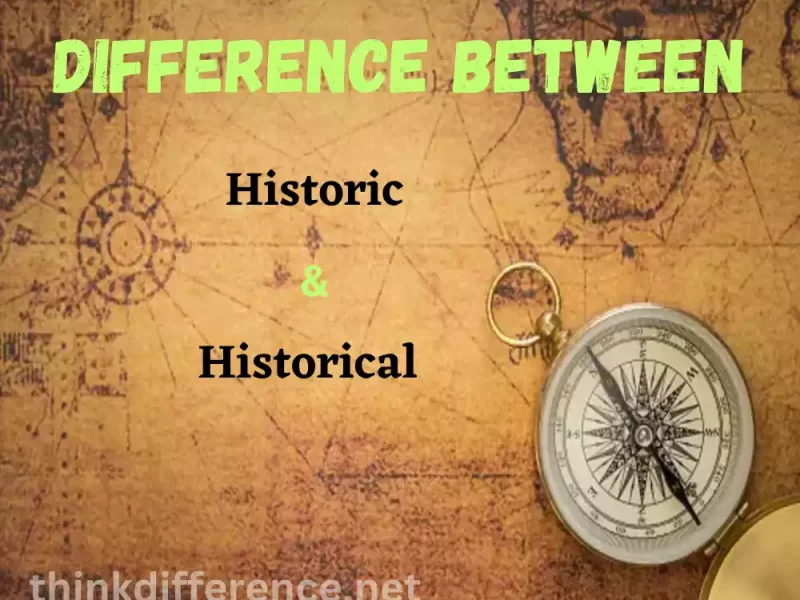Role and status are integral components of human interaction and social structures. They provide a framework for understanding the positions individuals hold and the responsibilities they undertake in different contexts. Whether it is the roles we adopt as professionals, parents or community members or the status we acquire based on our accomplishments and societal recognition, these aspects shape our identity and influence our experiences.
Definition of Role and Status
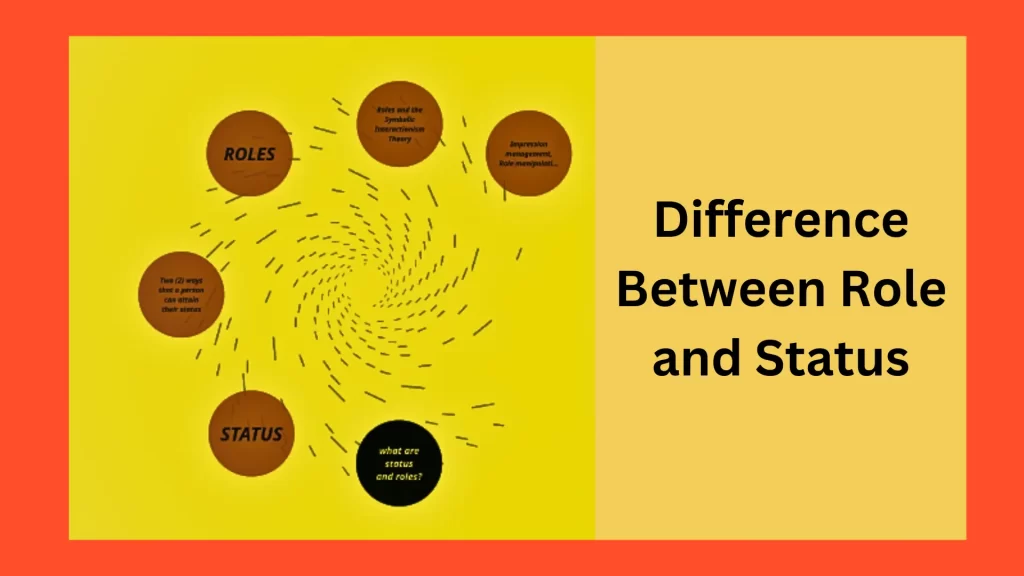
Role:
Roles refers to expectations, behaviors and responsibilities related to an academic, professional or corporate position or job role. It defines the obligations, tasks and behaviors that individuals are expected to fulfill based on their designated position or role within a group or society. Roles are often influenced by societal norms, cultural expectations and organizational structures.
Individuals use goals and responsibilities statements as a framework to recognize their personal goals and responsibilities in relation to specific environments, while at the same time managing relationships between themselves and other people.
Status:
Status refers to an individual’s social standing or standing within their community, group or society. This refers to their influence, prestige and respect within such settings; often determined by work, wealth, education achievements fame or belonging to certain social groups.
It defines how others perceive them and may subsequently dictate access opportunities resources and rights they could otherwise obtain based on this status (inherited through characteristics beyond control or earned through individual efforts or accomplishment). Status can either be assigned (inherited / conferred based upon inborn characteristics inherited) or acquired (earned through personal accomplishment or effort).
Importance of Role and Status in Society
Role and status play significant roles in shaping and defining societal structures, interactions and dynamics.
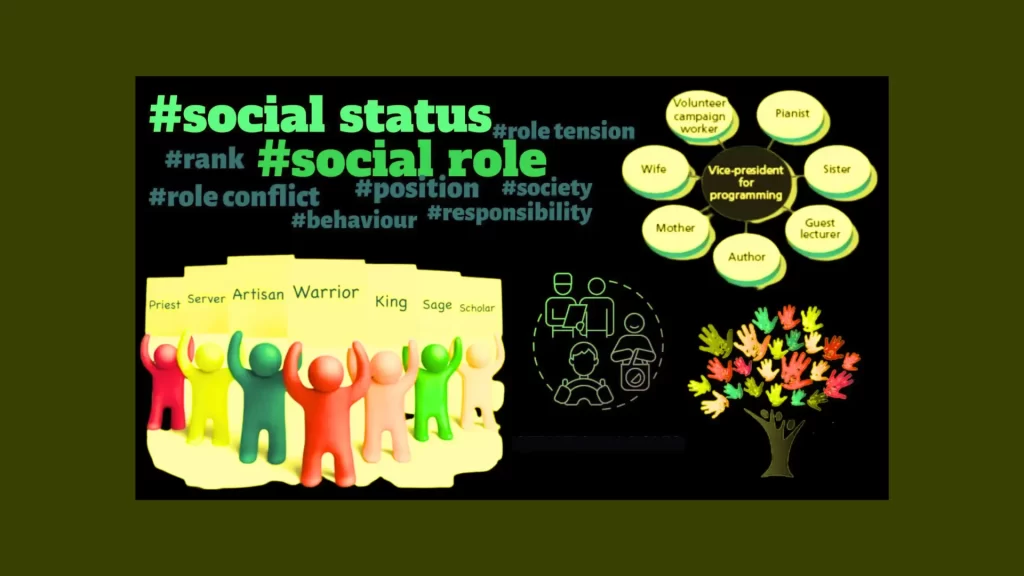
Here are some key reasons why role and status are important in society:
- Social Organization: Roles and statuses provide a framework for organizing individuals within a society. They establish hierarchies, divisions of labor and systems of responsibility and authority. By assigning specific roles and statuses to individuals, societies can effectively coordinate collective efforts, allocate resources and ensure the smooth functioning of various social institutions.
- Order and Stability: Roles and statuses contribute to social order and stability. They provide clarity and structure, guiding individuals in their behaviors and interactions. When people understand their roles and statuses and those of others, it fosters predictability and coherence in social relationships. This helps minimize conflicts, promote cooperation and maintain social cohesion.
- Social Identity and Self-Concept: Roles and statuses influence individuals’ sense of identity and self-concept. Roles we assume play an essential part in shaping how others view us and perceive who we are as members of society, impacting both self-perception, as well as our sense of worthiness and belongingness. By fulfilling socially recognized roles and achieving desirable statuses, individuals can enhance their self-worth and gain a sense of purpose and meaning in society.
- Allocation of Resources and Rewards: Roles and statuses often determine individuals’ access to resources, opportunities, and rewards within a society. Higher-status positions, such as prestigious occupations or influential roles, tend to come with greater privileges, power and economic benefits. Lower-status positions may face limited resources and opportunities. The distribution of roles and statuses can have implications for social mobility, inequality and social justice.
- Social Expectations and Norms: Roles and statuses come with associated expectations, norms and responsibilities. These expectations define appropriate behaviors, obligations and duties for individuals in their respective roles. They guide social interactions, reinforce social norms and contribute to the maintenance of social order. Conforming to role expectations and adhering to societal norms help ensure social harmony and cooperation.
- Social Influence and Power Dynamics: Statuses can confer social influence and power upon individuals. High-status positions often grant individuals greater authority, decision-making power and the ability to shape opinions, policies and outcomes. Status can affect the level of respect, deference and influence one receives from others. Understanding the dynamics of role and status can provide insights into power structures, social hierarchies and the mechanisms through which influence is exerted within society.
Roles and statuses are fundamental elements of social organization, individual identity and societal functioning. They provide structure, order and meaning in social interactions, influence resource allocation and power dynamics and shape individuals’ sense of self and social identity.
Recognizing and understanding the importance of roles and statuses in society is crucial for comprehending social dynamics, inequality and the complex relationships that exist within human communities.
Factors Influencing Role and Status
Various factors influence the establishment, assignment and perception of roles and statuses within society. These factors can vary across different cultures, contexts and time periods.
Here are some key factors that influence roles and statuses:
- Cultural Norms and Traditions: Cultural norms, values and traditions play a significant role in shaping roles and statuses within a society. They define expectations regarding gender roles, family dynamics, occupational divisions and social hierarchies. Cultural beliefs and practices influence how roles and statuses are assigned, valued and perceived.
- Social Institutions: Social institutions, such as education, religion, government and the economy, play a role in shaping roles and statuses. These institutions often prescribe specific roles and statuses associated with different positions or functions within society. Educational institutions can assign roles to administrators, students and teachers with each having its own set of expectations and responsibilities.
- Socioeconomic Factors: Socioeconomic factors, including wealth, occupation and education, influence the assignment and perception of roles and statuses. Individuals in high-status occupations or with significant wealth often enjoy elevated social statuses and have access to more resources and opportunities. Socioeconomic factors can contribute to social stratification and the creation of social classes.
- Historical and Political Context: Historical events and political systems shape roles and statuses within a society. Factors such as colonization, revolutions, social movements and governmental policies can alter power structures, redefine roles, and influence the distribution of status. Historical and political context can also influence social mobility and the opportunities available for individuals to change their roles or statuses.
- Individual Agency and Efforts: Individuals’ own actions, choices and efforts can influence their roles and statuses. Personal abilities, achievements and aspirations can contribute to upward mobility and the acquisition of higher-status positions. For example, educational attainment, career accomplishments or entrepreneurial success can elevate an individual’s status within society.
- Socialization and Social Learning: Socialization processes, including family upbringing, education and media influence, play a role in shaping individuals’ understanding and adoption of roles and statuses. Socialization allows individuals to internalize social norms, values and expectations. As well as learn how to fulfill specific roles within their community.
- Intersectionality: Intersectionality refers to the interconnectedness of multiple social identities and how they intersect to shape experiences of individuals. Factors such as race, gender, ethnicity, sexuality and disability can intersect with roles and statuses, resulting in unique experiences and differential treatment within society. Intersectionality highlights the complex and multifaceted nature of roles and statuses.
- Cultural Changes and Social Movements: Cultural changes, social movements and shifts in societal values can influence the redefinition of roles and statuses. Advocacy for gender equality, LGBTQ+ rights and racial justice, for instance, has led to the reconsideration and transformation of traditional roles and the recognition of new statuses within society.
Understanding the diverse factors influencing roles and statuses is essential for comprehending social dynamics, inequality, and the ways in which individuals are positioned and valued within a given society. It highlights the complex interplay between societal structures, cultural beliefs, individual agency and historical context in shaping social roles and statuses.
Differences between Role and Status
There are several key differences between roles and statuses.
Here are the main distinctions:
1. Definition and Nature:
- Role: “Role” refers to expectations, behaviors and responsibilities associated with each job or position within professional, social or corporate environments.
- Status: Status The term ‘status’ refers to an individual’s social standing or standing within their community or society as defined by society at large.
2. Relationship to Others:
- Role: Roles are relational in nature and often influenced by others. They involve interactions and expectations within a specific context and they depend on the roles of others involved in that context.
- Status: Status is primarily an individual attribute and can exist independent of others. It pertains to one’s own position or rank within a social structure and may not rely on the roles of others.
3. Dynamic Nature:
- Role: Roles can be more fluid and flexible. They can change or be adopted in different contexts or situations, depending on the demands and expectations of those contexts.
- Status: Status tends to be relatively more stable and enduring. While it can evolve over time, achieving a significant change in status usually requires more sustained effort or societal recognition.
4. Performance and Achievement:
- Role: Roles often involve the performance of specific tasks, duties or functions. They imply a level of active engagement and responsibility in fulfilling the expectations associated with the role.
- Status: Status can be achieved through accomplishments, recognition or the attainment of a particular position or rank within a social structure. It may be more closely tied to personal achievements, reputation or social attributes.
5. Perception and Recognition:
- Role: Roles are often acknowledged and recognized by others within the given context. They are defined by societal or organizational expectations and carry certain responsibilities or rights associated with them.
- Status: Status can be perceived differently by different individuals or groups. It is based on social standing and can involve varying levels of respect, influence and privilege, depending on the social context and cultural norms.
Understanding the differences between roles and statuses is essential for comprehending social dynamics, individual identity and societal structures. Roles define the behaviors and responsibilities expected of individuals in specific positions, while statuses reflect individuals’ social standing or rank within a broader social context. Both concepts contribute to shaping social interactions, power dynamics and individuals’ sense of identity within society.
Challenges and Issues Related to Role and Status
Challenges and issues related to roles and statuses arise due to various factors and can have significant implications for individuals and society as a whole.
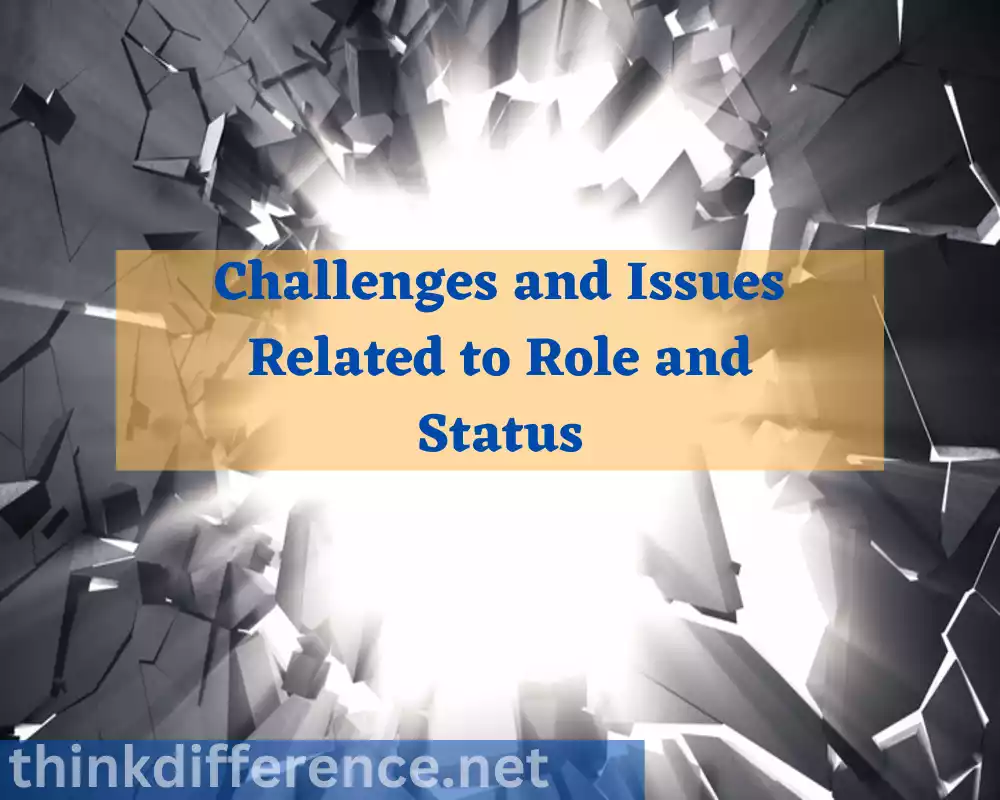
Here are some common challenges and issues associated with roles and statuses:
- Role Conflict: Individuals often occupy multiple roles simultaneously, such as being a parent, employee and community member. Conflicting expectations and demands from different roles can create role conflict, leading to stress, anxiety and difficulty in meeting all obligations.
- Role Ambiguity: Sometimes, roles may be poorly defined or lack clarity. Individuals that lack clarity on their roles or responsibilities could find themselves lost and confused within groups and social settings, leading to inefficiency, infighting and potential conflict among members.
- Role Strain: Certain roles can involve excessive demands, responsibilities, or conflicting expectations, leading to role strain. Stressful conditions have the power to negatively influence both physical and mental wellbeing, work-life balance and overall well-being in an individual.
- Role Inequality: As roles are divided unevenly among employees and employers, disparate results often emerge due to factors like race, gender, socioeconomic status and other forms of discrimination. This can result in individuals being assigned or restricted to lower-status roles, limiting their opportunities and perpetuating social disparities.
- Status Inconsistency: Status inconsistency occurs when an individual holds different statuses that are incongruent or contradict one another. This can create internal conflicts and external challenges, as societal expectations and treatment may vary based on the different statuses an individual holds.
- Status Hierarchies and Social Stratification: Status hierarchies can contribute to social stratification by classifying groups or individuals according to their status. This results in the accumulation of power, privilege and resources by those with higher status while displace those of lower standing.
- Stereotyping and Stigma: Certain roles or statuses may be associated with stereotypes, biases, or stigmatization. This can result in discrimination, marginalization and reduced opportunities for individuals occupying those roles or holding those statuses.
- Imposter Syndrome: Imposter syndrome refers to a psychological phenomenon where individuals doubt their abilities and fear being exposed as fraudulent despite their accomplishments. It can be particularly prevalent among individuals in high-status roles who feel unworthy or undeserving of their position.
- Lack of Mobility and Social Mobility: Limited mobility or barriers to social mobility can prevent individuals from transitioning to higher-status roles or improving their socioeconomic standing. This can perpetuate inequality and hinder upward social mobility.
- Identity and Role Conflict: Sometimes, individuals may face conflicts between their personal identity and the roles or statuses they are expected to fulfill. Balancing personal values, aspirations and self-expression with societal expectations can create internal conflicts and challenges in finding fulfillment and authenticity.
Addressing these challenges and issues related to roles and statuses requires efforts at individual, organizational and societal levels. It involves promoting clarity in role expectations, combating stereotypes and discrimination, advocating for equal opportunities and creating inclusive environments that value diversity and recognize the potential of individuals beyond their assigned roles or statuses.
Role and Status as an Individual Identity
Roles and statuses play a significant role in shaping an individual’s identity. Individuals’ perception of themselves and how others see them are both significantly altered by these conditions.
Here are some ways in which roles and statuses influence individual identity:
- Self-Concept: Roles and statuses provide individuals with a framework to understand themselves and their place in society. The roles they occupy and the statuses they hold become integral components of their self-concept. For example, someone may identify themselves as a parent, a teacher based on their roles and statuses in different domains of their life.
- Sense of Purpose: Roles and statuses can give individuals a sense of purpose and direction. People who meet all the obligations that accompany their job will enjoy an inner sense of satisfaction and fulfillment that gives them great joy. Roles and statuses provide individuals with a clear set of responsibilities and goals, helping them find meaning in their actions and contributions.
- Social Identity: Status and roles play an essential part in shaping an individual’s social identity, providing them with an enhanced self-image as they participate in various social groups. An individual’s profession – be it doctor or musician – could play an integral part in shaping both how they see themselves as well as others’ perception of them socially.
- Role Salience: Different roles and statuses may have varying degrees of salience or importance to an individual’s identity. Some roles or statuses may take precedence and become more central to their identity, while others may have less significance. The roles and statuses that individuals prioritize and identify with the most can shape their sense of self and their overall identity.
- Self-Esteem and Self-Worth: Attaining higher status levels through fulfilling roles that you aspire to perform and fulfilling them successfully can significantly boost an individual’s self-worth and self-confidence. Success in meeting role expectations and attaining desired statuses often leads to feelings of competence, pride and a positive self-image. Struggling to meet role expectations or experiencing lower-status positions can negatively affect one’s self-esteem.
- Role Transitions: As individuals move through different life stages, they may experience transitions in roles and statuses. Changes like becoming a mother, entering the workforce or retiring can have profound effects on an individual’s self-image. Adjusting to new roles and statuses requires individuals to navigate changes in their sense of self and redefine their identity accordingly.
- Identity Negotiation: Individuals may negotiate their identities in relation to the roles and statuses assigned to them. They may actively shape their identity by embracing or challenging societal expectations associated with their roles and statuses. This negotiation process involves reconciling personal values, aspirations and self-perception with the external expectations placed upon them.
Understanding how roles and statuses shape identities can be crucial in creating an authentic sense of who people truly are. Individual values, beliefs, relationships and personal experiences all play an integral part in how our identities unfold over time. Understanding this dynamic between roles/statuses/identities helps people form an overall and complete view of who they truly are.
Conclusion
Role and Status are fundamental concepts that shape human societies and influence individual behavior and interactions. Roles provide a structure for organizing behaviors and expectations, while status determines an individual’s position and importance within a social group. The interplay between role and status is complex, impacting various aspects of life, from workplace dynamics to online communities and politics.
As societies evolve and adapt to changing circumstances, so too will the notions of roles and status. Embracing diversity and challenging traditional gender and social norms can lead to a more inclusive and egalitarian future. Understanding the significance of roles and status allows us to navigate society more effectively and foster a more harmonious and understanding world.

